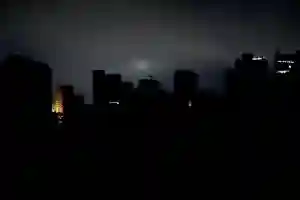ZESA Holdings subsidiary, Zimbabwe Electricity Transmission and Distribution Company (ZETDC), says it is generating 951 megawatts (MW) of electricity against a national peak demand of 2 200MW.
The power shortage has resulted in the country experiencing electricity blackouts of up to 18 hours per day in some areas.
Despite the successful synchronisation of Hwange Unit 7 into the national grid, ZETDC call centre supervisor Milton Zata said they were still facing challenges. NewsDay quotes Zata as saying:
Unfortunately, we have national grid challenges, resulting in these long outages.
This comes amid reports that traditional power suppliers – South Africa and Mozambique – recently stopped exporting electricity to Zimbabwe due to arrears.
The blackouts are seriously affecting businesses and industries countrywide.
With Hwange Unit 7 appearing to struggle to feed the envisaged 300MW into the national grid following its upgrade, the power crisis is set to persist as Hwange’s Unit 8 is only expected to go live in October with another 300MW.
The Zimbabwe Power Company (ZPC), a ZESA subsidiary, announced Tuesday that the southern African nation was generating 951 MW of electricity at three power stations as shown below:
Munyati ……………………………………. 16MW
Bulawayo ……………………………………. 0MW
Harare ……………………………………….. 0MW
Kariba …………………………………………. 350MW
Hwange ……………………………………… 585MW
TOTAL …………………………………………. 951MW

